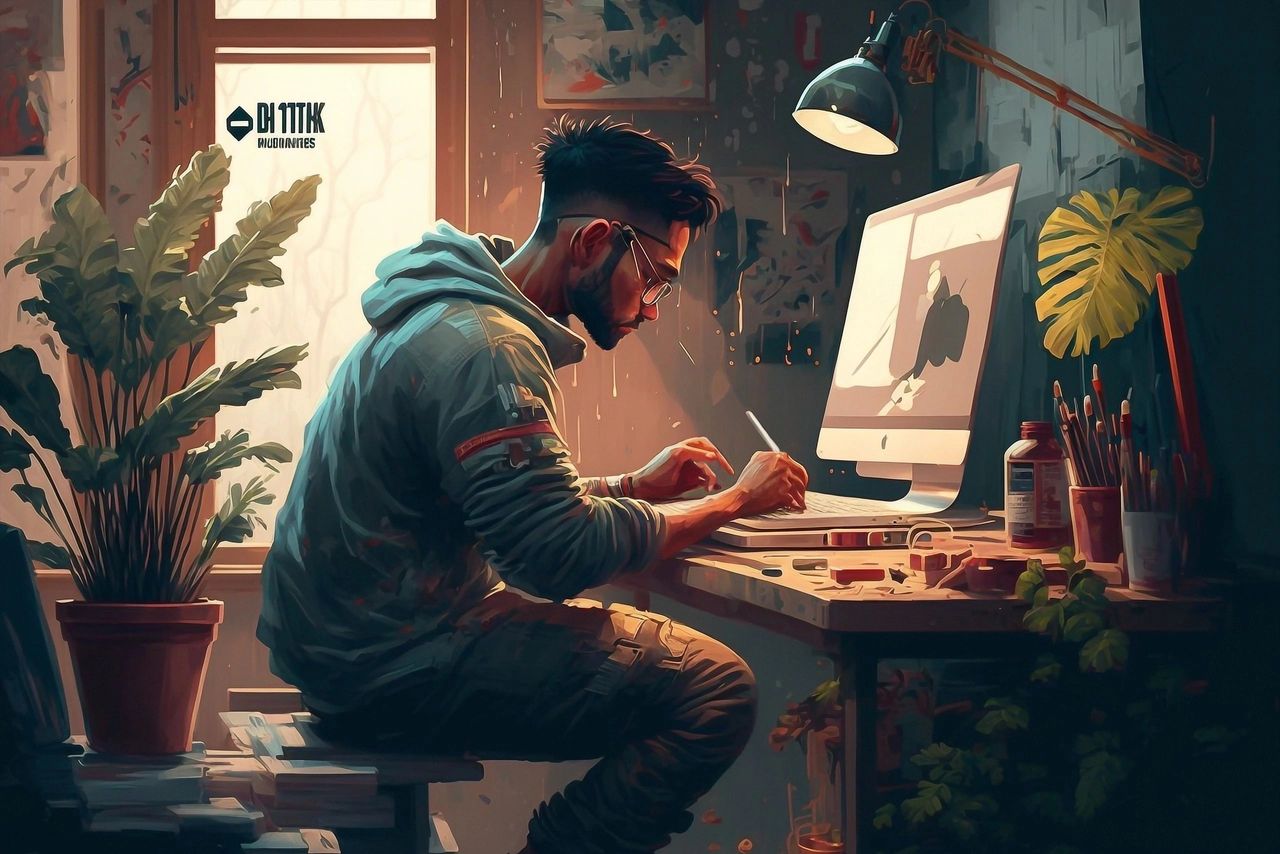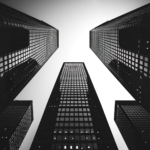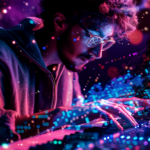Artists have always been at the forefront of exploring new technologies, and artificial intelligence (AI) is no exception. AI has the potential to revolutionize the art world, providing artists with new tools and techniques to enhance their creativity and expand their artistic vision.
But what is AI, and how can artists use it? AI refers to a range of technologies that enable machines to perform tasks that typically require human intelligence, such as visual perception, speech recognition, decision-making, and natural language processing. There are three main types of AI:
Artificial Narrow Intelligence (ANI): Also known as weak AI, ANI is designed to perform a specific task, such as playing chess or recognizing speech. ANI is the most commonly used type of AI today.
Artificial General Intelligence (AGI): Also known as strong AI, AGI is designed to perform any intellectual task a human can do. AGI is still in the early stages of development and is not yet widely available.
Artificial Super Intelligence (ASI): Also known as hyper-intelligence, ASI is a hypothetical form of AI that surpasses human intelligence in every way. ASI does not currently exist but is the subject of much speculation and debate.
So, which type of AI is most useful for artists? The answer is ANI. ANI can be used to create tools that assist artists in various ways. Here are some examples:
Generative Adversarial Networks (GANs): GANs are a type of ANI that can generate new images or videos based on existing data. Artists can use GANs to create new artworks by training the AI on their existing work and then using the generated images or videos as inspiration.
Style Transfer: Style transfer is a technique that uses ANI to apply one image’s style to another. Artists can use style transfer to create new artworks that combine different types or apply a particular style to their work.
Automated Image Tagging: Automated image tagging uses ANI to automatically label images with descriptive tags. This can save artists much time when organizing and cataloging their work.
Music Generation: ANI can also be used to generate music. Artists can use this technology to create new music or assist in composing existing pieces.





